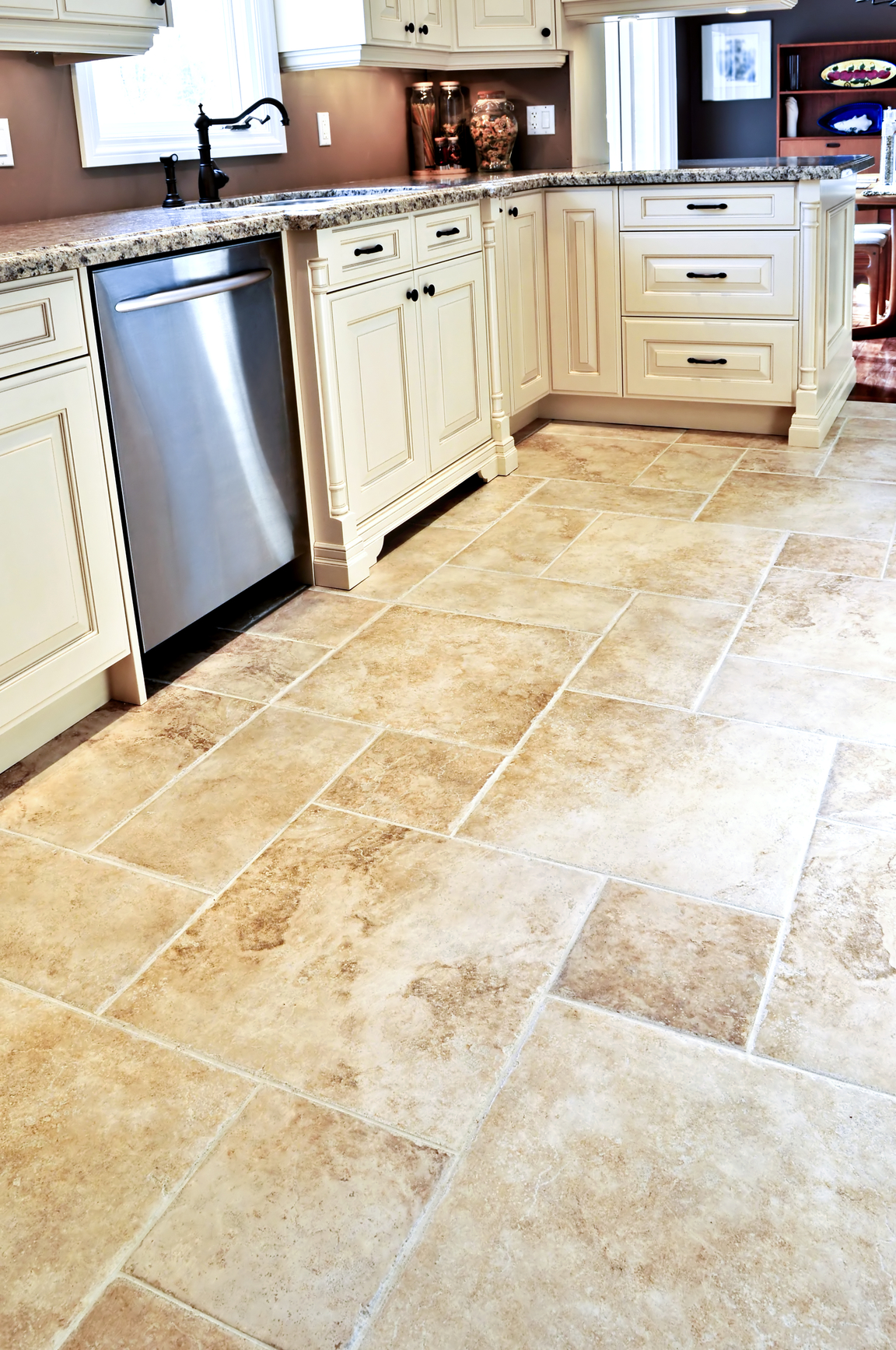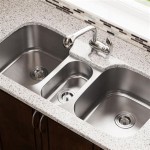When it comes to kitchen flooring, tile is a popular option for many homeowners. It’s durable, easy to clean, and comes in a wide range of styles, colors, and patterns. But there are a few things to consider when choosing and installing kitchen tile floors, so it’s important to do your research before making any decisions. Read on to learn some helpful tips for selecting and installing kitchen tile floors.
Choosing the Right Tile
When selecting kitchen tile floors, it’s important to consider the size and shape of the tile, as well as the color and pattern. For a classic look, choose square or rectangular tiles in neutral colors, like beige or gray. For a more modern look, opt for larger tiles in bold colors, like blue or green. You can also use a combination of different shapes and colors to create a unique pattern.
Be sure to also consider the material of the tile. Ceramic and porcelain are the most common types of tile for kitchen floors, as they are durable and easy to clean. Natural stone tile, such as slate or marble, is also an option, though it requires more maintenance and is more expensive.
Preparing the Floor
Before installing kitchen tile floors, the floor must be prepared. First, make sure the subfloor is clean, level, and free of debris. If it’s not level, you may need to use a self-leveling compound to create a smooth surface. Remove any existing flooring, such as linoleum or carpet, before beginning the installation.
Once the subfloor is prepared, it’s time to lay the tile. Start by laying out the tiles in the pattern you want and using spacers to ensure the tiles are evenly spaced. After the tiles are in place, use a notched trowel to spread the adhesive and grout according to the manufacturer’s instructions.
Caring for Your Tile
Once your kitchen tile floors are installed, it’s important to take proper care of them to ensure they last as long as possible. Sweep or vacuum the floor regularly to remove dirt and debris. For deeper cleaning, use a damp mop and a mild detergent, such as dish soap or white vinegar. Avoid using harsh cleaners or abrasive scrubbers, as these can damage the tile.
It’s also a good idea to seal the grout, as this will help protect it from moisture and staining. Sealing should be done every few years, or as needed. With proper care and maintenance, your kitchen tile floors will look as good as new for years to come.



:max_bytes(150000):strip_icc()/ArmstrongMoselleValleyForestGreen-590c83e63df78c92831038c9.jpg)











Related Posts








